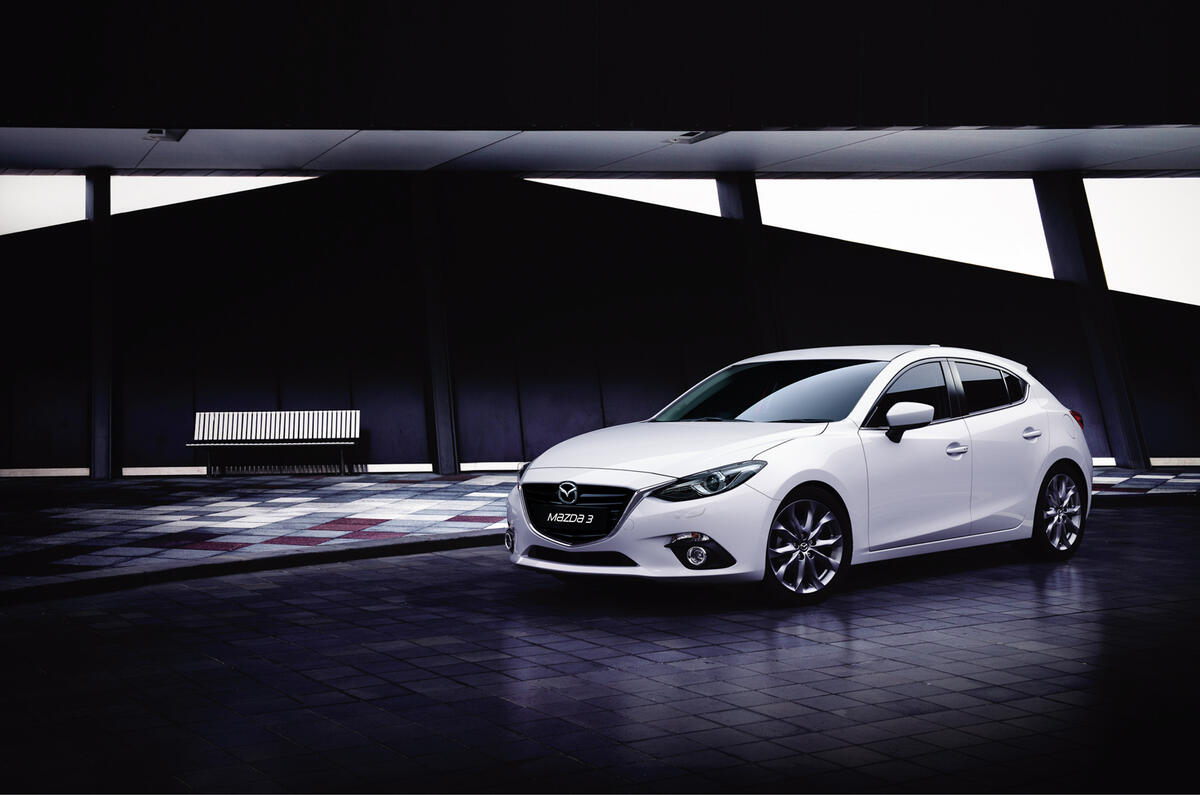In an age when fuel economy, emissions and environmental responsibility seem to rule the roost, it’s all too easy to forget that, for most of us, the car still represents the last great individual freedom of the 21st century.
Mazda has never forgotten this. Nor has it forgotten that driving is supposed to be so much more than merely an economy-obsessed, pedestrian plod from A to B. It’s supposed to be engaging, entertaining. A pleasure. And in that context, performance matters.
That’s not to say Mazda doesn’t take the cost of motoring extremely seriously on your behalf, merely that it sees no reason to remove good, old-fashioned fun from the equation.
The ultimate weightwatcher
Mazda has a thing about weight. Actually, it’s more of an obsession. Why? Because, guzzling less for every mile you motor, a lighter car isn’t just easier on your wallet and the environment, it’s also more fun to drive.
The less weight the powertrain has to lug around, the more sprightly the performance; the less weight the chassis has to cope with, the more readily the car changes direction, the more agile the handling, and the sharper the car’s responses to every driver input.
That’s why, as a point of principle, every new Mazda is actually lighter that its predecessor. And it’s why the list of components in the all-new Mazda3 that have been targeted for weight saving measures includes (deep breath) the bodyshell, engine line-up, suspension, power-steering, brakes, mud guards, wiring loom and electrical systems, interior trim and equipment, and even the front seats.
Indeed, with kerbweights starting at just 1,347kg (includes 75kg driver), the all-new Mazda3 is one of the lightest cars in the C-segment.
SKYACTIV Engine Technology
The current obsession with downsizing obsession has seen an increasingly large number of smaller petrol engines equipped with turbochargers to compensate for their diminished power outputs.
The brains behind the all-new Mazda3’s lightweight SKYACTIV Technology see things a little differently – a little more clearly.
Recognising that a smaller engine will simply be bullied by everyday drivers seeking proper performance, Mazda’s engineers favour larger, conventionally aspirated four-cylinder engines. Not only do they deliver power and torque more smoothly over a wider rev range, they also return consistently better fuel economy under real-world driving conditions.





Join the debate
Add your comment
If performance matters so
Sky inactive